How much do you know about container terminal spaces?
Taking a single terminal with tens of millions of containers as an example, let’s talk about the “container positions” that are very vivid and easy to understand. Before talking about "box position", let's look at a small problem first.
The following uses a formula to explain the berth utilization rate and berth occupancy rate. Although it has helped everyone pick up the key points, there are still diligent and studious friends who are not satisfied and ask: What does the "berthing gap coefficient" mean?

Let’s look at an example:
Just like the underground parking lot in your community, the width of the parking space is generally wider than that of the car. This is to free up the necessary space between cars so that your car will not be scratched when entering or exiting the parking space at any time. Adjacent vehicles.
The rows of parking spaces in the parking lot are equivalent to our dock berths (see the picture below). The cars in the parking spaces are equivalent to container ships berthing, and this "berthing gap coefficient" is to reserve space for ships to enter and exit the berths. It is set based on the space, usually a fixed value of 1.1.
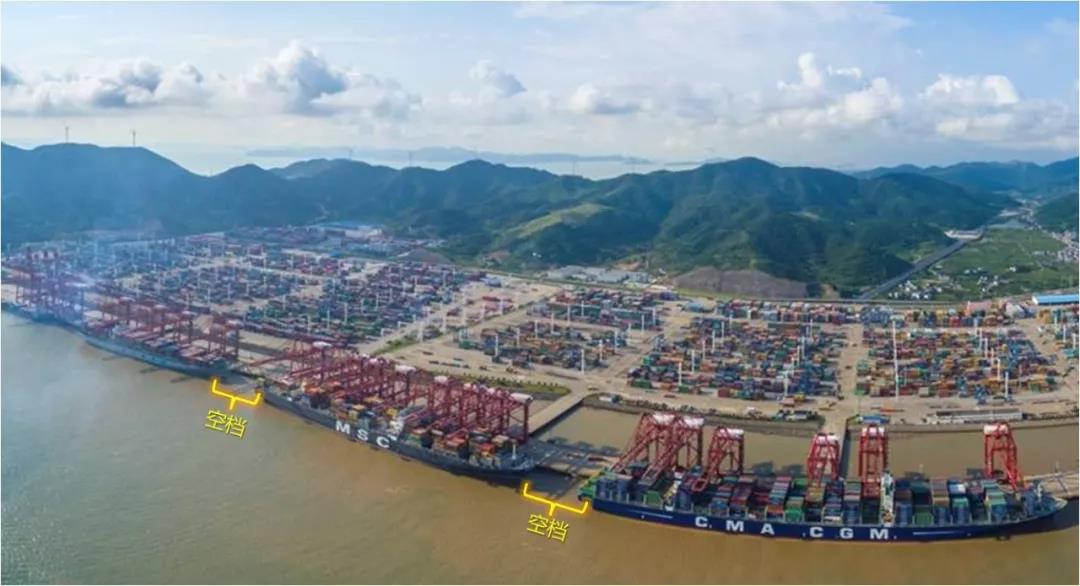
Because this gap occupancy is a necessary condition for ship berthing operations, it must be added when calculating berth utilization and occupancy rates. Now if you look back at the calculation formula above, do you understand it better?
Okay, let’s get down to business and get to the point.
Being in a "tens of millions" single container terminal, you must have seen many scenes like this:
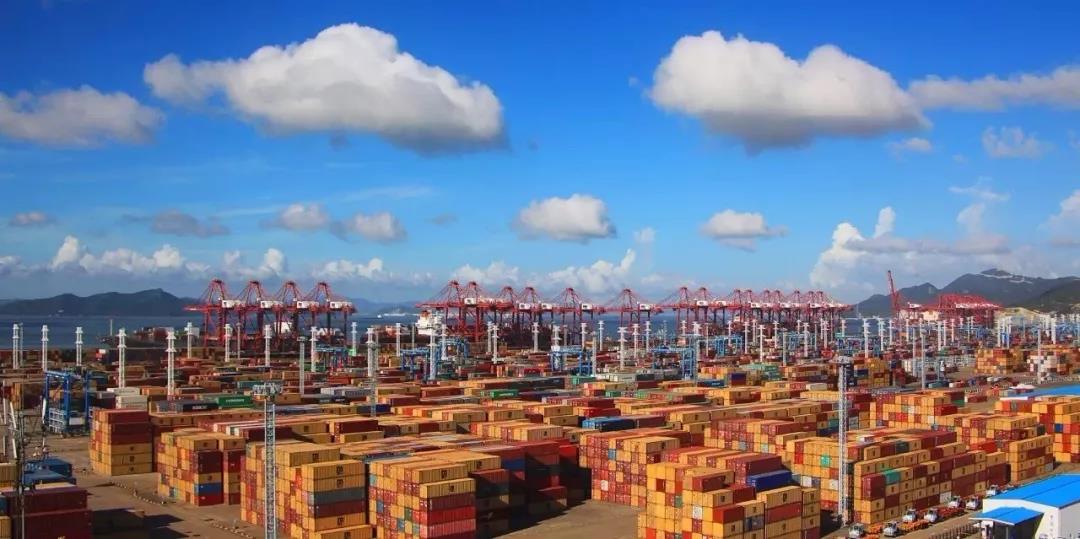
There is also this:

Apart from marveling at the splendor, is it also dense? Do you know how many boxes there are in the Dabei San Yard? Let me give you some numbers:
The Dabeisan storage yard covers an area of 1.837 million square meters and can stack 230,000 TEU containers. The annual container stacking capacity is about 150,000 TEU. If these boxes were lined up end to end and you drove on top of the boxes, the drive would take about 9 hours! The reason why so many containers that look like building blocks can be so neatly organized is because there is a coding system that allows these boxes to "settle down".
It can also be said that in the container terminal yard, each box has its own ID, which is the "box location".
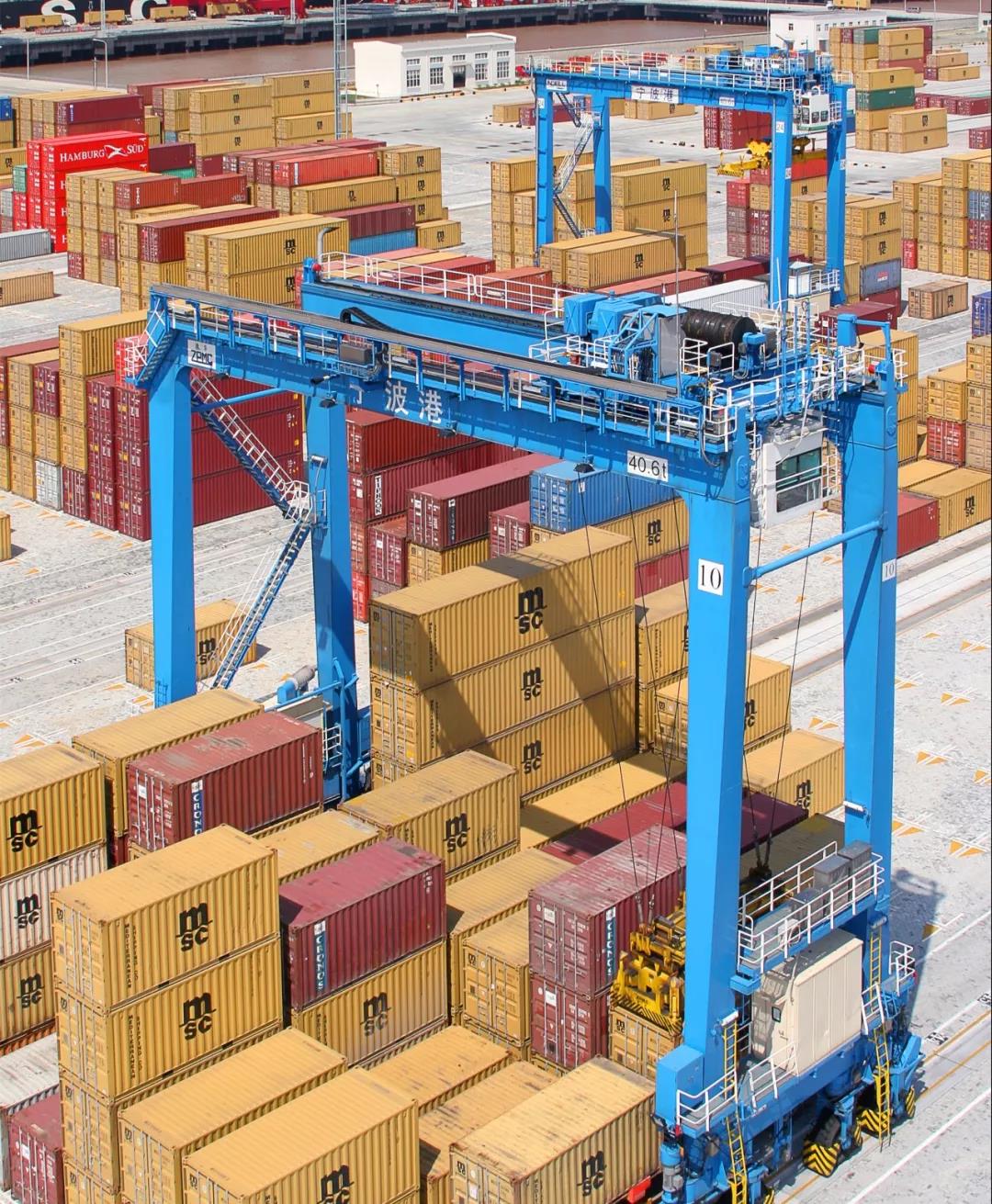
Our controllers and gantry crane drivers rely on this "ID" to accurately locate a certain box among thousands of boxes and conduct command and lifting.
If you still feel that you don’t understand, then the editor will help you put the elephant into the refrigerator in 5 steps:
The first step is to divide the entire yard into "areas"
According to the order of berths, each berth corresponds to a zone. For example, berth No. 1 corresponds to area 1, and berth No. 2 corresponds to area 2... Here is a picture:
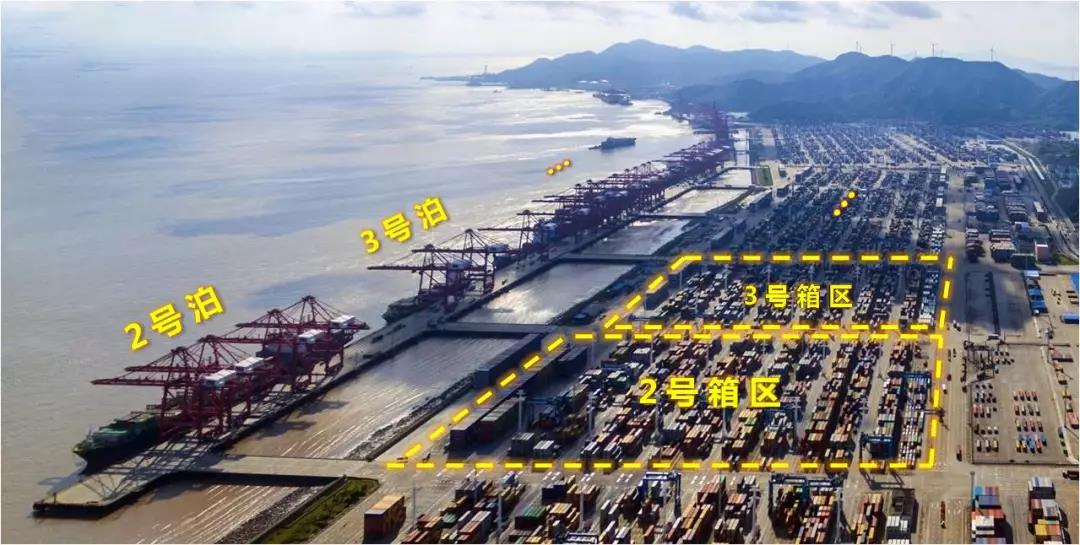
In the second step, each area is divided into "blocks"
For example, area 5, in order from the sea side to the land side, is 5-1, 5-2,..., if the 10th block is not finished, then use 5-A, 5-B,...
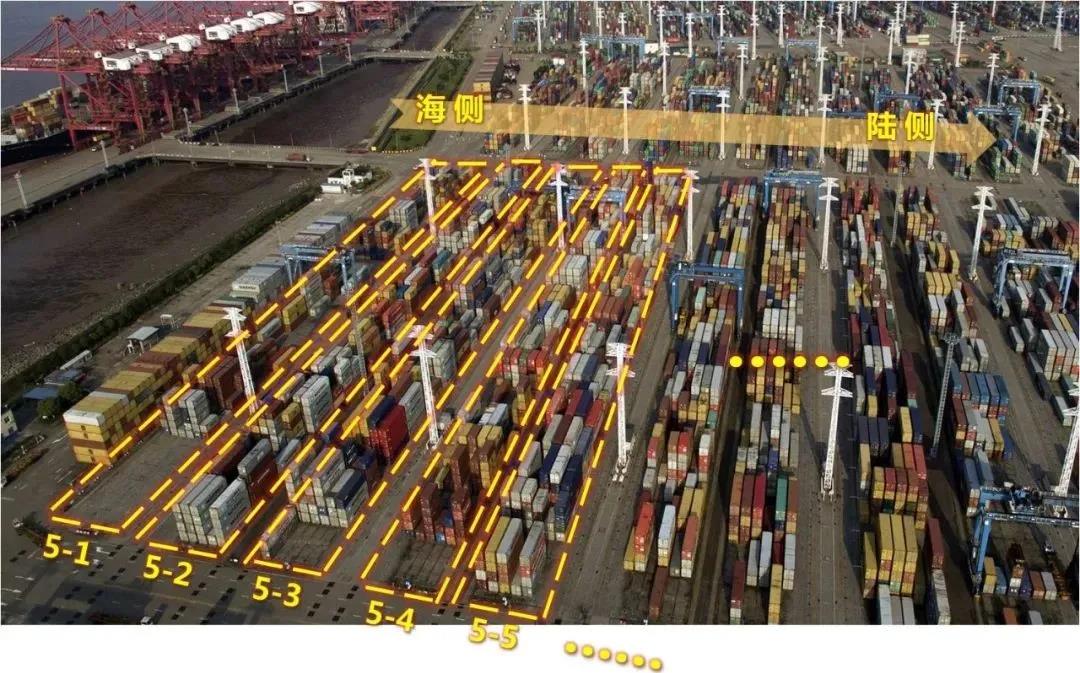
The third step is to divide each piece into "shells"
The English name is BAY, which corresponds to the BAY of the shipping container. By convention, odd numbers are used to indicate the placement of small 20-foot boxes, and even numbers are used to indicate the placement of large 40-foot boxes. The text is too abstract, let’s look at the pictures:

In order to facilitate your understanding, the editor uses numbers with a red aperture to indicate the actual stacking position of this box block. I wonder if you understand it~?
The fourth step is to divide each shell into "columns"
Each shell position generally has 6 columns, starting from the side near the lane, they are 1, 2, 3, 4, 5, and 6. Let me find a box with 1 shell for you:
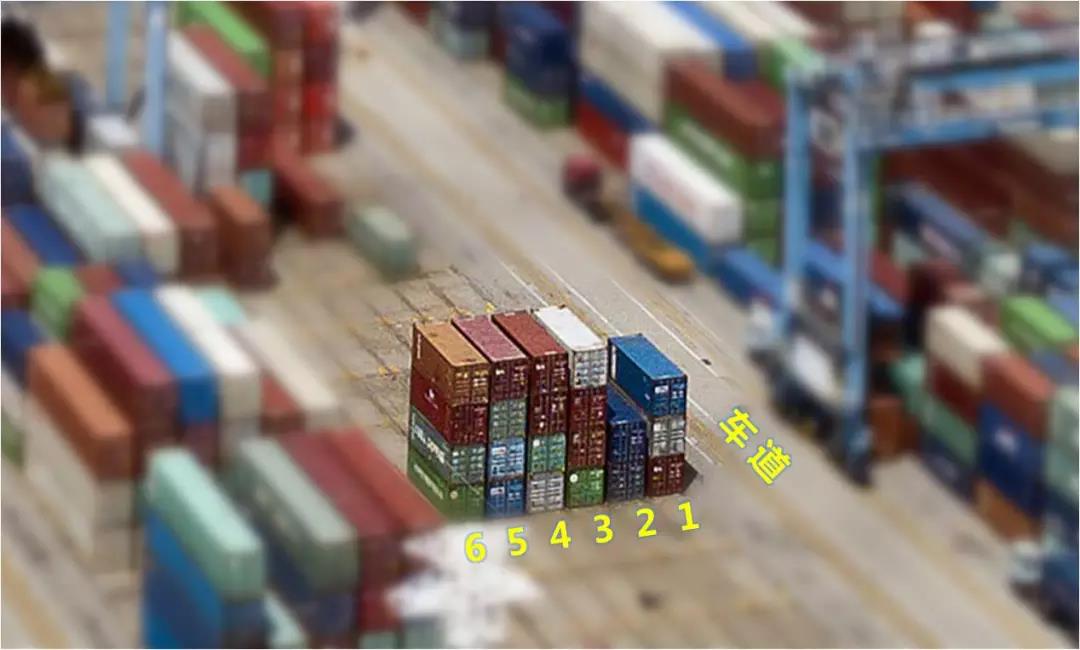
Step 5: Each column is divided into "layers"
The English name is "TIER", generally there are 4-5 layers, from bottom to top, 1, 2, 3, 4..., it's still the same shell as before, look again:





















